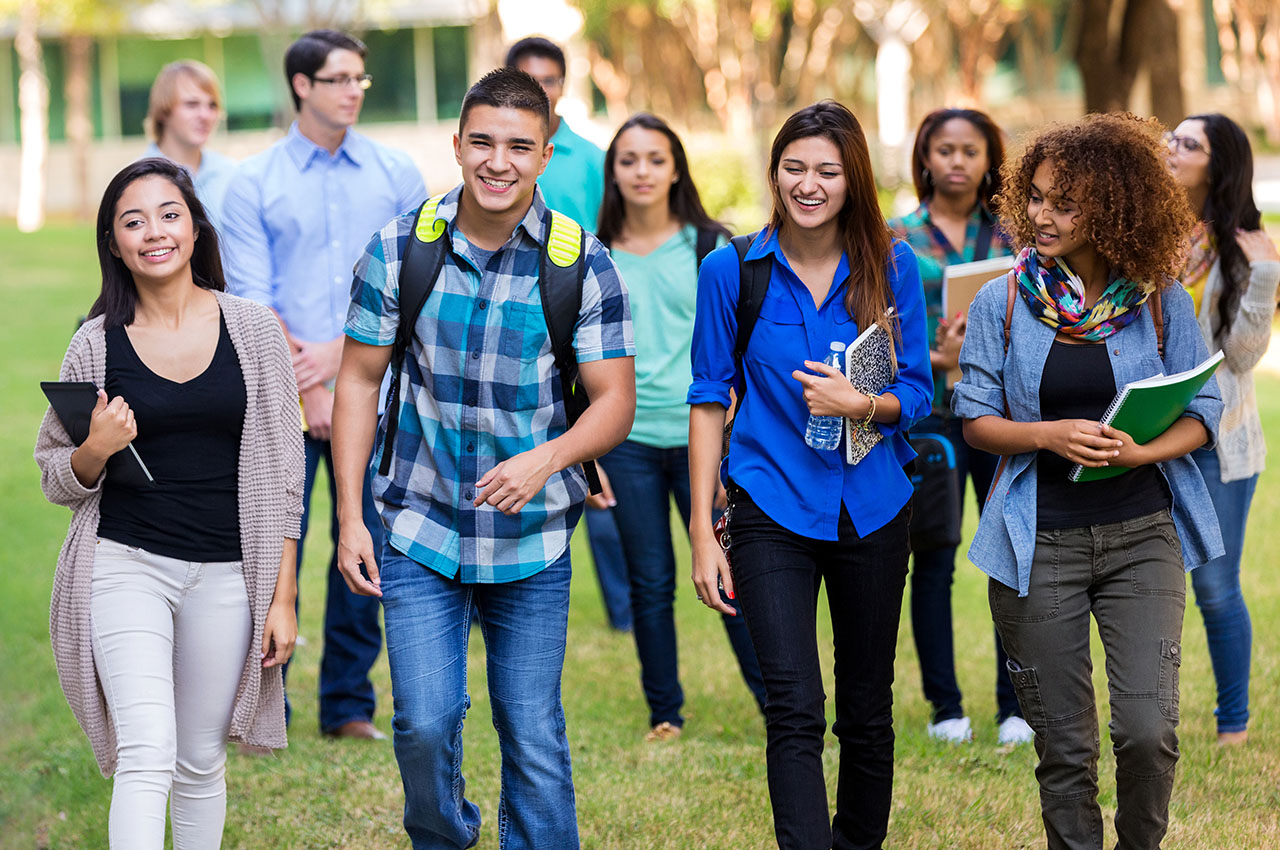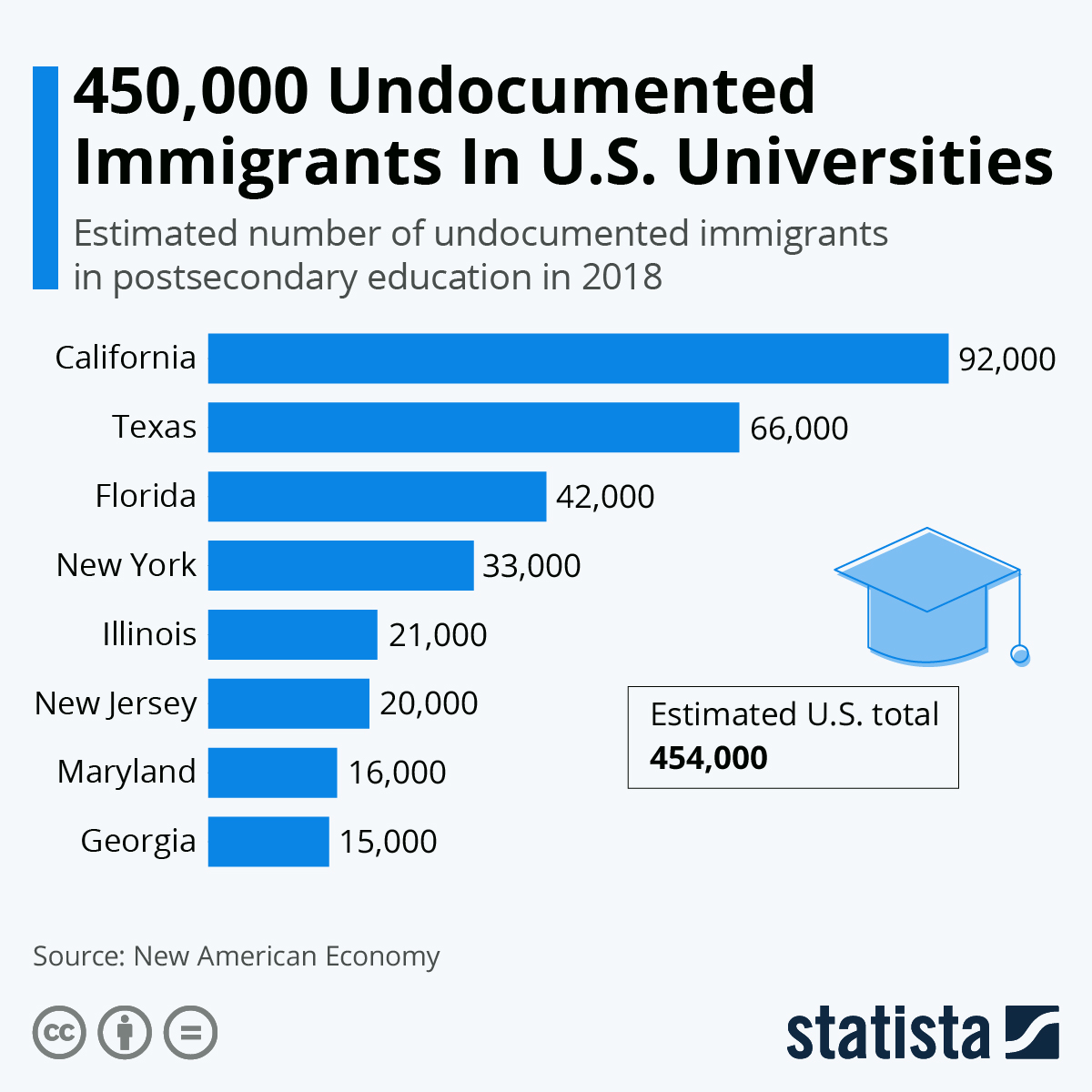In today’s globalized world, immigration has become an increasingly prevalent phenomenon, shaping the demographics and cultural landscape of many countries. Education plays a crucial role in integrating immigrant students into their new communities, providing them with the knowledge and skills they need to succeed.
However, the influx of immigrant students also presents challenges and opportunities for schools and educators.
This article delves into the multifaceted relationship between immigration and education, exploring the impact on schools and students. We will examine the demographic changes brought about by immigration, the unique educational needs of immigrant students, and the strategies schools can adopt to support their success.
Additionally, we will analyze the impact of immigration on student achievement and discuss the role of schools in closing the achievement gap between immigrant and native-born students.
Impact of Immigration on School Demographics
Immigration has significantly impacted school demographics in many countries. The number of immigrant students in schools has been steadily increasing, bringing with them diverse backgrounds, languages, and cultures.
This influx of immigrant students has created both opportunities and challenges for schools. On the one hand, it has enriched the learning environment and exposed students to different perspectives and ways of life. On the other hand, it has also raised concerns about language barriers, cultural differences, and the ability of schools to provide adequate support for all students.
Language Barriers
One of the biggest challenges faced by schools with large immigrant populations is language barriers. Many immigrant students come from non-English speaking backgrounds and may struggle to understand and communicate in the classroom. This can make it difficult for them to access the curriculum and participate fully in school activities.
Cultural Differences
In addition to language barriers, cultural differences can also affect student learning. Immigrant students may come from cultures with different values, beliefs, and learning styles. This can lead to misunderstandings and conflicts in the classroom, as well as challenges for teachers in adapting their teaching methods to meet the needs of all students.
Educational Needs of Immigrant Students

Immigrant students face unique educational challenges that require specialized support. These students often come from diverse linguistic and cultural backgrounds, which can impact their academic performance and overall school experience.
Language Support
Language is a significant barrier for many immigrant students. They may struggle to comprehend instruction, participate in class discussions, and complete assignments in English. To address this need, schools should provide English language learner (ELL) programs that offer tailored instruction and support to help students develop English proficiency.
Cultural Sensitivity
Cultural differences can also affect immigrant students’ educational experiences. They may come from cultures with different values, learning styles, and expectations about education. Schools need to be culturally sensitive and create an inclusive environment where all students feel respected and supported.
This includes providing culturally relevant materials, recognizing diverse perspectives, and valuing students’ home languages and cultures.
Impact of Immigration on School Resources
The influx of immigrant students has significant financial and staffing implications for schools. With increasing numbers of students from diverse linguistic and cultural backgrounds, schools must allocate resources equitably to meet their unique educational needs.
Additional resources, such as bilingual teachers and support staff, are essential to ensure that immigrant students receive the necessary language support and academic assistance. Schools must also consider the costs associated with providing English as a Second Language (ESL) programs, cultural sensitivity training, and other services tailored to the specific needs of immigrant students.
Resource Allocation Challenges
Allocating resources equitably to meet the needs of all students, including immigrant students, poses challenges for schools. Limited funding and staffing can make it difficult to provide the necessary support for all students, leading to potential disparities in educational outcomes.
- Competing Priorities: Schools must balance the needs of immigrant students with those of native-born students, ensuring that all students have access to quality education.
- Limited Funding: Funding constraints can limit the ability of schools to provide adequate resources for all students, including immigrant students who may require additional support.
- Staffing Shortages: Shortages of qualified bilingual teachers and support staff can hinder schools’ ability to provide effective instruction and support to immigrant students.
Strategies for Supporting Immigrant Students
Supporting immigrant students is crucial for their academic success and overall well-being. Effective strategies involve addressing their unique needs and creating an inclusive learning environment.
Best Practices for Supporting Immigrant Students
*
-*Language support
Provide English language learning programs, such as ESL (English as a Second Language) classes and tutoring.
-
-*Cultural sensitivity
Create a welcoming school climate that respects and values students’ cultural backgrounds.
-*Parent involvement
Engage parents in their children’s education by providing resources and fostering communication between home and school.
Successful Programs and Initiatives
*
-*Dual language programs
Immerse students in both English and their native language, promoting bilingualism and academic achievement.
-
-*Mentoring programs
Pair immigrant students with native-born peers or community members to provide guidance and support.
-*After-school programs
Offer extracurricular activities that support academic development and social integration.
Community Partnerships and Collaboration
*
-*Community-based organizations
Partner with local organizations to provide resources and support services to immigrant families.
-
-*Community volunteers
Engage community members to tutor, mentor, and assist with language learning.
-*Intercultural exchange programs
Promote understanding and respect between immigrant and non-immigrant students through organized events and activities.
Impact of Immigration on Student Achievement

The academic performance of immigrant students compared to native-born students has been a topic of extensive research and debate.
Studies have shown mixed results, with some indicating that immigrant students perform below native-born students, while others suggest that they perform at similar or even higher levels.
Factors Contributing to Disparities
Several factors contribute to disparities in student achievement between immigrant and native-born students. These include:
- Socioeconomic status: Immigrant families often have lower socioeconomic status than native-born families, which can impact access to quality education and other resources.
- Language barriers: For students who do not speak English as their first language, language barriers can hinder their ability to participate fully in the classroom.
- Cultural differences: Cultural differences between immigrant families and the school system can lead to misunderstandings and conflicts that can affect student learning.
- Trauma and stress: Many immigrant students have experienced trauma or stress related to their immigration experience, which can impact their ability to focus and learn.
Role of Schools in Closing the Achievement Gap
Schools play a crucial role in closing the achievement gap between immigrant and native-born students. Effective strategies include:
- Providing language support: Offering English as a Second Language (ESL) programs and other language support services can help immigrant students overcome language barriers.
- Addressing cultural differences: Schools can create a welcoming and inclusive environment that respects and values the cultural diversity of immigrant students.
- Providing trauma-informed care: Schools can provide support and resources to help immigrant students cope with the challenges they may face.
- Collaborating with community organizations: Schools can partner with community organizations to provide additional support services to immigrant families and students.
Final Thoughts
In conclusion, the relationship between immigration and education is complex and multifaceted, presenting both challenges and opportunities for schools and students. By understanding the unique needs of immigrant students and implementing effective support strategies, schools can empower these students to reach their full potential.
Moreover, through collaboration with community partners and a commitment to equity, schools can create inclusive learning environments that foster the success of all students, regardless of their immigration status.
FAQ
What are the main challenges faced by immigrant students in schools?
Immigrant students often face challenges such as language barriers, cultural differences, and limited access to educational resources. They may also experience discrimination or prejudice from their peers or teachers.
How can schools support the educational needs of immigrant students?
Schools can support immigrant students by providing language support, cultural sensitivity training for teachers, and access to appropriate educational resources. They can also create welcoming and inclusive school environments where all students feel valued and respected.
What is the impact of immigration on school resources?
The influx of immigrant students can strain school resources, such as funding, staffing, and classroom space. Schools may need to hire additional bilingual teachers and support staff to meet the needs of these students.
What are some best practices for supporting immigrant students in schools?
Best practices for supporting immigrant students include providing language support, cultural sensitivity training for teachers, and access to appropriate educational resources. Schools can also create welcoming and inclusive school environments where all students feel valued and respected.
How can schools close the achievement gap between immigrant and native-born students?
Schools can close the achievement gap between immigrant and native-born students by providing targeted support services, such as tutoring and mentoring programs. They can also create school environments that are welcoming and inclusive of all students, regardless of their immigration status.



